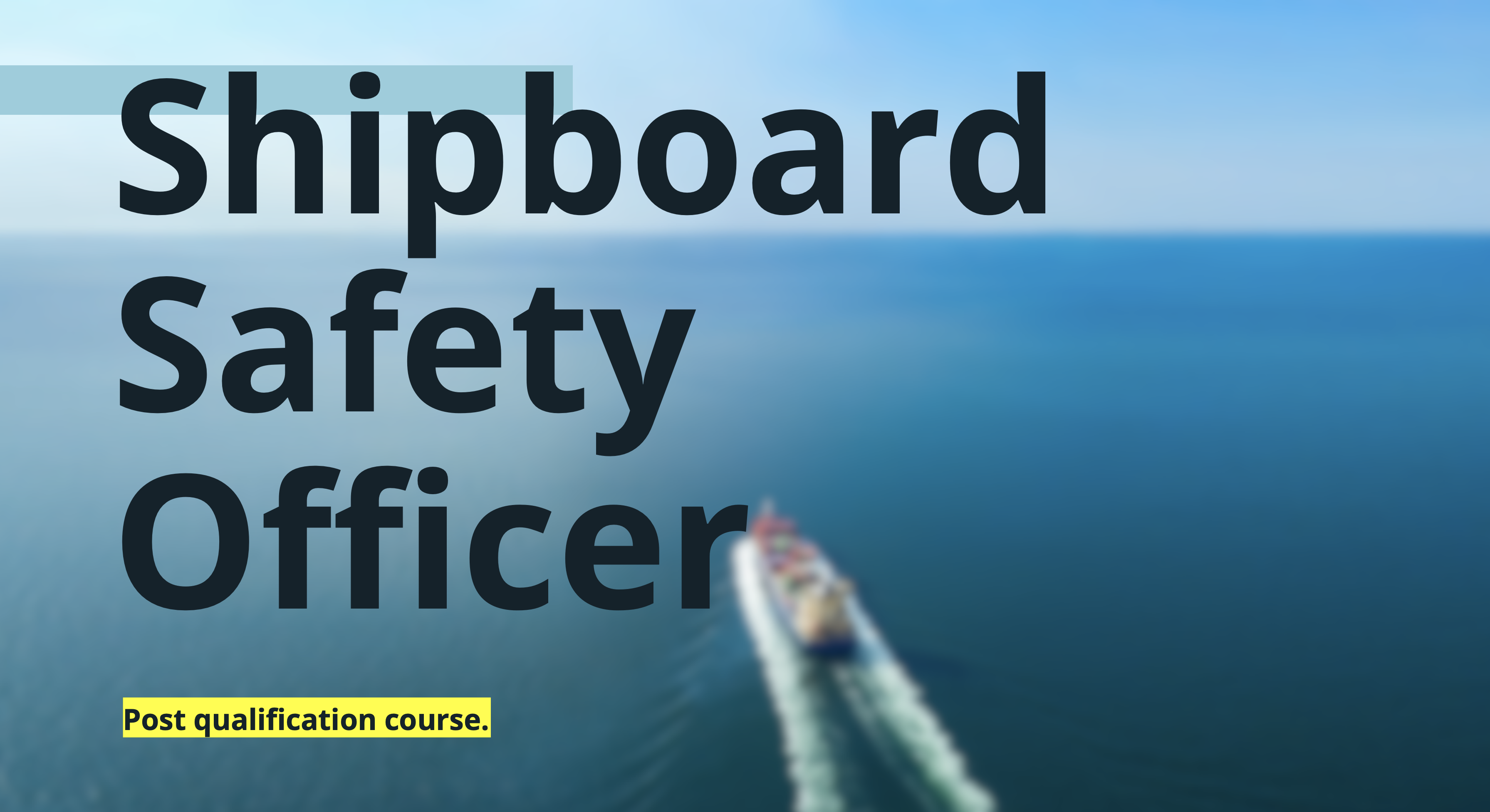Shipboard Safety Officer

About Course
Course contents
The Training course covers the following topics:
- Brief introduction to ISM Code;
- Introduction to Health and Safety legislations;
- Responsibilities and duties of the Shipboard Safety Officer;
- Risk management and Risk assessment;
- Shipboard Safety Committee. Roles of Safety Committee members. Safety meetings;
- Undergoing Audits;
- Safety Management System (SMS). Record keeping;
- Human factor. Safe work practices;
- Accident / Incident theory. Accident / Incident investigation. Root cause analysis;
- Reporting accidents, incidents, near misses. Maintaining an Accident prevention Log;
- Creating a Safety Culture through teamwork;
- Handling Stress and Fatigue and its impact on safety;
- Case Studies and lessons learnt;
- Assessment and Discussion.
Course Content
Module 1 – Intorduction
-
Introduction
03:20
